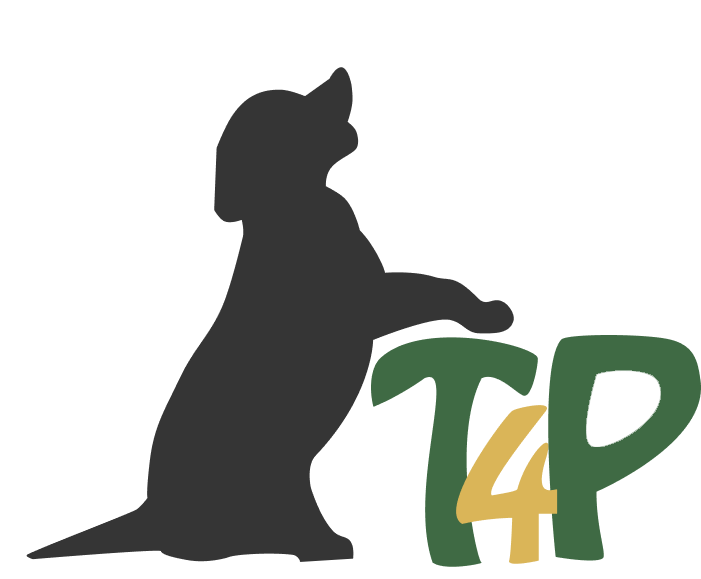Isometric Exercises
Putting your dog under pressure
Part 1 - The basic idea
Older dogs still want and need physical and mental excercise to stay fit and active. Mac is 11 years old and one of the participants of the Senior Dog classes at Lothlorien Dog Services. To gently strengthen Mac’s muscles, Claire Staines teaches him and his guardian Fiona Isometric Exercises. In the Isometric Exercises, you use the palm of your hand to build pressure on a group of your dog’s muscles and use the effect that your dog in turn must also build up pressure to stay in balance. Through the tension of the muscles and the subsequent relaxation, the muscles are gently trained.
The German dog trainer and behaviourist Ute Blaschke-Berthold transferred the Isometrics from human physiotherapy to behavioral work with dogs. Her idea was influenced by Kayce Cover’s protocol for body targets. The initial idea was to achieve relaxation in the dog through activity but she quickly realized that you can do a lot more with Isometrics.
Who benefits from Isometric Exercises?
- Older dogs to maintain muscles
- Dogs recovering from sickness or injury to buid up muscles
- Dogs who don’t like to be touched
- Dogs who have difficulties to relax
- Younger dogs and puppies that need to develop body awareness
How does it work?
The Protocol
Prepatory exercise for dogs who don't like to be touched
Procedure:
- Say your info cue “touch”, wait half a second
- Move your hand towards your dog’s shoulder without yet touching it. Take care that your hand only gets as close as your dog feels comfortable with
- Give your marker signal and a treat.
- Slowly remove your hand
- Repeat this several times until you can actually touch your dog without him showing signs of discomfort.
Step No. 1
In step No. 1 you touch your dog’s shoulder
The procedure:
- Give your dog his info cue, wait half a second
- Move your hand towards the shoulder of your dog and gently place it on his shoulder muscles
- Mark and give him his treat. The hand remains on your dog’s shoulder
- Wait until your dog has eaten and slowly pull your hand back
- Repeat this a few times. If your dog recoils, you’ve gone too fast.
Step No. 2
In the second step you apply slight pressure on your dog’ shoulder.
The procedure:
- Give your dog his info cue, wait half a second
- Put your hand on the shoulder of your dog and gently apply pressure
- Mark and give him his treat as long as the hand still puts pressure on his shoulder
- Wait until your dog has eaten and slowly pull back your hand
- Repeat this a few times. Your dog should not dodge the touch.
Step No. 3
In the third step, your dog should apply back pressure.
The procedure:
- Give your dog his info cue, wait half a second
- Put your hand on your dog’s shoulder and apply gentle pressure
- Wait until your dog leans against it and applies counter pressure
- Mark and give him his treat as long as he is still applying counter-pressure
- Wait until your dog has eaten and slowly withdraw your hand
When retracting your hand, make sure that your dog does not lose his balance and falls over. If your dog is very reluctant to counter pressure, mark and reward even the slightest back pressure. You can do Isometric Exercises on all your dog’s muscle groups, e.g. on the inside and outside of the hips, on the inside and outside of the shoulders, on the neck etc. Make sure that you always train both sides.
If your dog is very excited outside, you can also do the isometric exercises outdoors. Start in a distraction-free environment. By tensing and relaxing his muscles and focusing on specific areas of his body, his mind will also relax.
In summer 2018, I was able to spend three months with Lothlorien Dog Services as a part of the European exchange programme Erasmus for Young Entrepreneurs. The programme is all about the exchange of best practices and new methods between host and new entrepreneur, looking at these ideas with a fresh eye and adapting them to suit local requirements.
The Isometrics travelled in my tool box from Germany to Scotland and Claire creatively developed them to suit her client’s needs.
